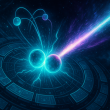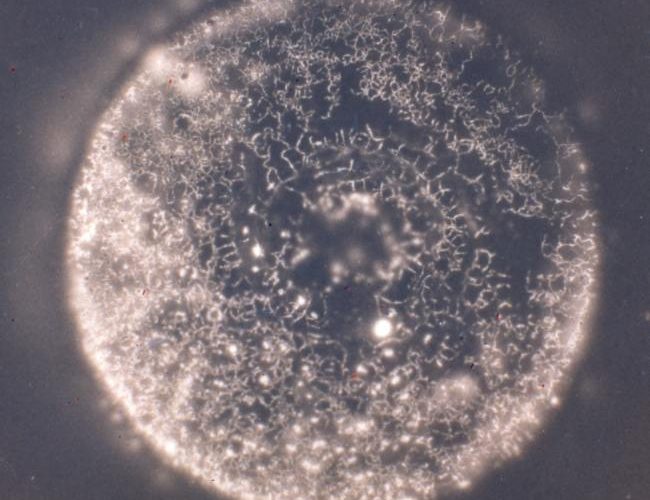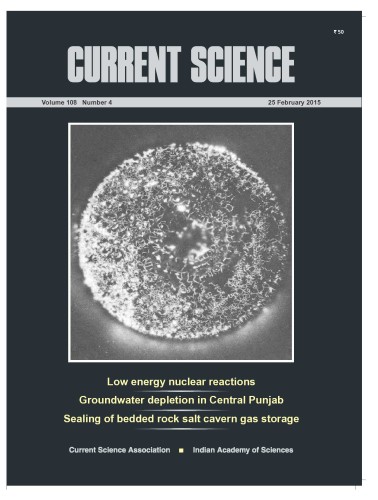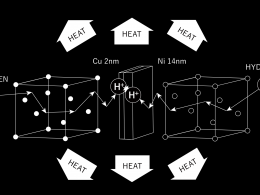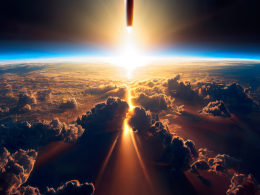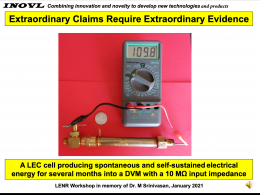After the announcement of cold fusion in 1989, the director of the Bhahba Atomic Research Centre (BARC) in India P.K.Iyengar asked BARC physicist Mahadeva Srinivasan, to lead the investigation in to the claims. Srini, as Mahadeva was known, was already working on hot fusion science and was ready to try it. Soon after, he was managing 12 different groups at BARC experimenting with palladium, metals, and hydrogen, and using a variety of methods to initiate. Laboratory observations included neutrons and tritium, which could only be obtained by a nuclear reaction.
An early report was given by P.K.Iyengar here. Jed Rothwell devoted a separate page to the BARC studies here.
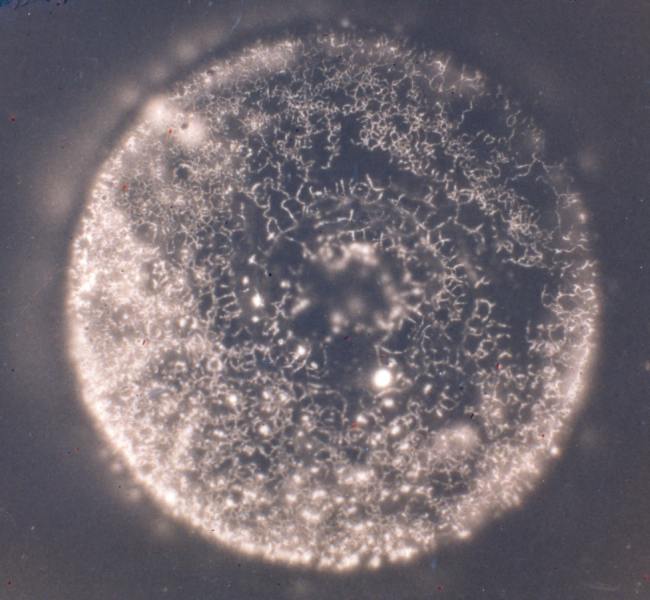
M. Srinivasan, Neutron Physics Division (ret.), Bhabha Atomic Research Centre, Mumbai
Of course, the excited frenzy of experimentation came to an abrupt deceleration when the US DoE decided to match the observable evidence to the 100-year-old theory of nuclear reactions, and theory won. Cold fusion was shut down in the US, and other country’s governments followed along. The Dark Ages began before some labs even finished loading.
Science in India gets jump with LENR Special
Mahadeva Srinivasan lamented those gloomy decades and the paucity of research in India, where groups had contributed so much to the early record. In 2015, he worked with Andrew Meulenberg to edit and publish Current Science journal The Special Section: Low Energy Nuclear Reactions, Vol. 108, No. 4. The edition includes 35 papers about LENR which you can read here.
Those efforts to bring institutional awareness into India’s academic and research institutions have succeeded. Reporting at ICCF25 are individuals representing 4 different laboratories in India.
Indian Institute of Technology at Kanpur
The Indian Institute of Technology in Kanpur [visit] contributes three departments to LENR research, including the Department of Physics, the Department of Chemical Engineering and the Department of Space Science and Astronomy. At ICCF25, Harishyam Kumar from the Department of Physics presents a theoretical work Low energy nuclear fusion at second order in perturbation theory for his colleague Pankaj Jain of the Department of Space Science and Astronomy.
Find the ICCF25 Book of Abstracts Final [here .pdf].
Shyam Sunder Lakesar, also from the Department of Physics at Indian Institute of Technology Kanpur, presents Reliability of EDS when checking for transmutations which reports on an error found in their EDS data interpretation. From the Abstract:
We discuss how errors in EDS analysis can be minimized to improve reliability and recommend more reliable techniques such as Wavelength-Dispersive X-Ray Spectroscopy (WDS) and Inductively Coupled Plasma Mass Spectrometry (ICP-MS) for obtaining more accurate and reliable results and why one should consider these while looking for transmutations. Accurate calibration is crucial for any analysis or measurement.
Lakesar is representing colleagues at the Physics Department including Ankit Kumar, Monu Kumawat, and K P Rajeev and also Raj Ganesh Pala from the Department of Chemical Engineering and Pankaj Jain from the Department of Space Science and Astronomy.
Centre for Energy Research at S-VYASA (Deemed-to-be) University
Also presenting at ICCF25 is the Centre for Energy Research at S-VYASA (Deemed-to-be) University in Jigani, Bengaluru, Karnataka, India [visit]. This university focuses on Yoga and its spiritual principles but has a division of physical sciences. From their website:
We at Swami Vivekananda Yoga Anusandhana Samsthana (S-VYASA), are interested to contribute in this field of eco-friendly, Clean, Compact, Scalable, Portable, sustained and affordable energy source which can also be a standalone power source at remote and inaccessible locations. Such a solution will eventually lead to Nation-wide Industrial activity & Employment Generation leading to sustained economic growth. Strategically, India will also be free from importing fuel, and thus ensuring self-reliance and Energy Security.
The Centre for Energy Research itself was formed after the 4th International Symposium on Hydrogen-Matter Interactions was conducted at the university by the Division of Yoga and Physical Sciences. After that, the school “was resolved that research in LENR (Low Energy Nuclear Reactions) has to be promoted to explore potential green energy.”
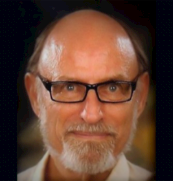
LENR researcher Andrew Meulenberg helped out in getting the lab together. From the Centre for Energy Research website:
Currently dry methods using nano Nickel and Lithium Aluminium Hydride are being attempted to reproduce the results of basic LENR experiments. Initiatives in the theoretical front are also being taken with the help of IISc. Physics department Prof. Andrew Meulenberg. Wet experiments are also being attempted with collaboration of Prof. Umapathy of Dept. of Physical Chemistry, IISc. ……………..
.………The Centre attempts to make the prototype model soon to pursue the government for scaling up. The same will be further taken up for patenting.
Prahlada Ramarao of the Center for Energy Research talks about where they’re at with presentation Exploring the Potential of Low Energy Nuclear Reactions (LENR). From the Abstract:
We, at the Centre for Energy Research, India have conducted several hundred experiments with different combinations of raw materials and experimental processes . A particular set of experiment has consistently produced excess heat by 30-40%. In order to support this observation , the research team conducted twin reactor experiment where, similar instrumentation was used but one embedded with active materials and the other without (reference). The active reactor was producing excess heat continuously for more than 3 months, whereas the reference did not. This experiment was repeated in another city by a different Team to verify and validate.
Ramarao represents colleagues Shree Varaprasad N S, Narayana Behra, Mohankumara P B, Shashank G Dath, and Suprith G C, all from the Centre for Energy Research.
Mahadeva Srinivasan passed away in August of 2020, but would be thrilled to see the LENR action in his home country. At this critical period when new solutions to energy are desperately needed, solid state fusion of all forms is seen as the realistic zero-carbon path, and India is back on the research tip to make it happen.


